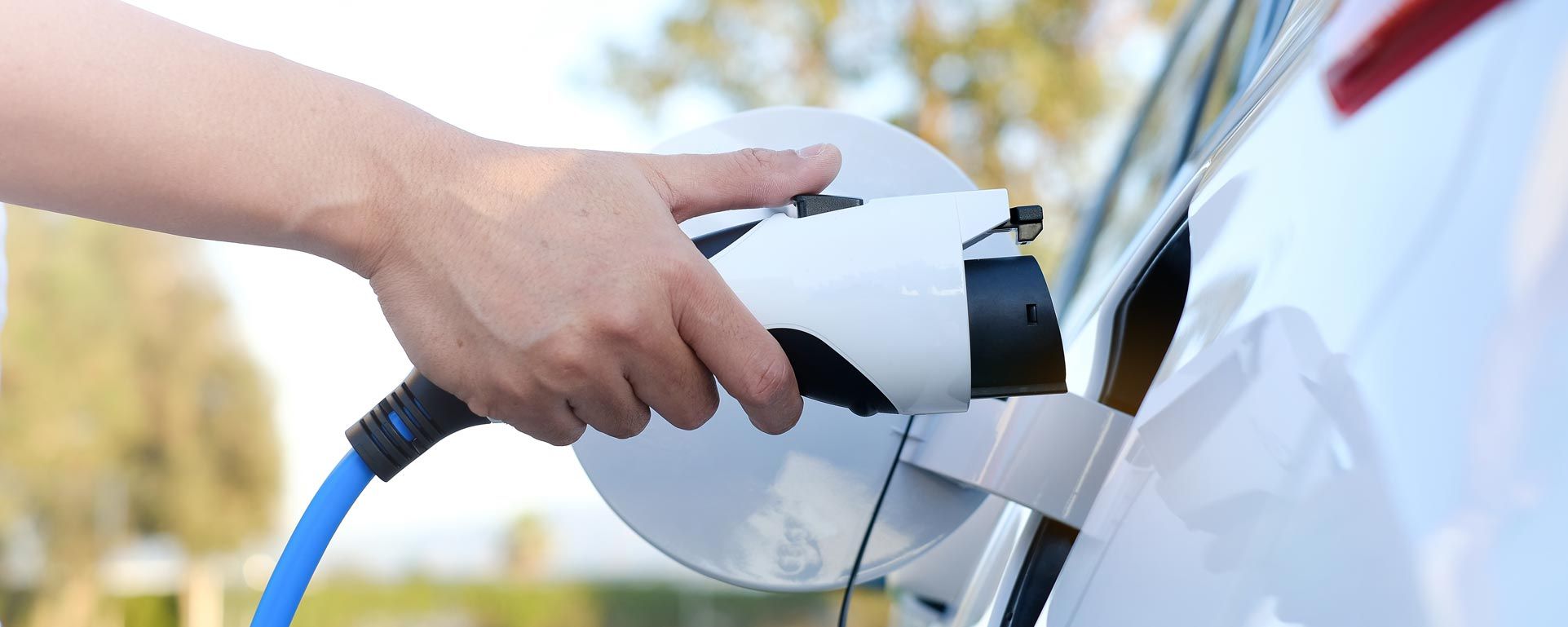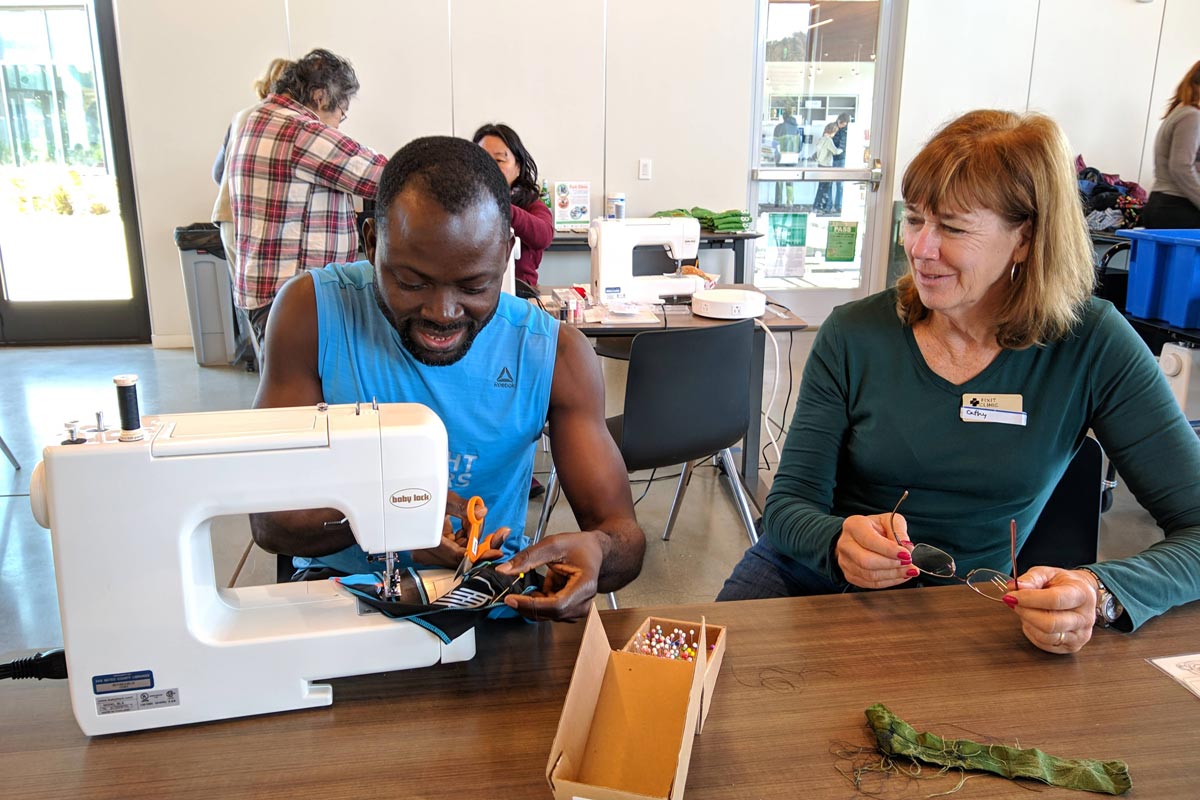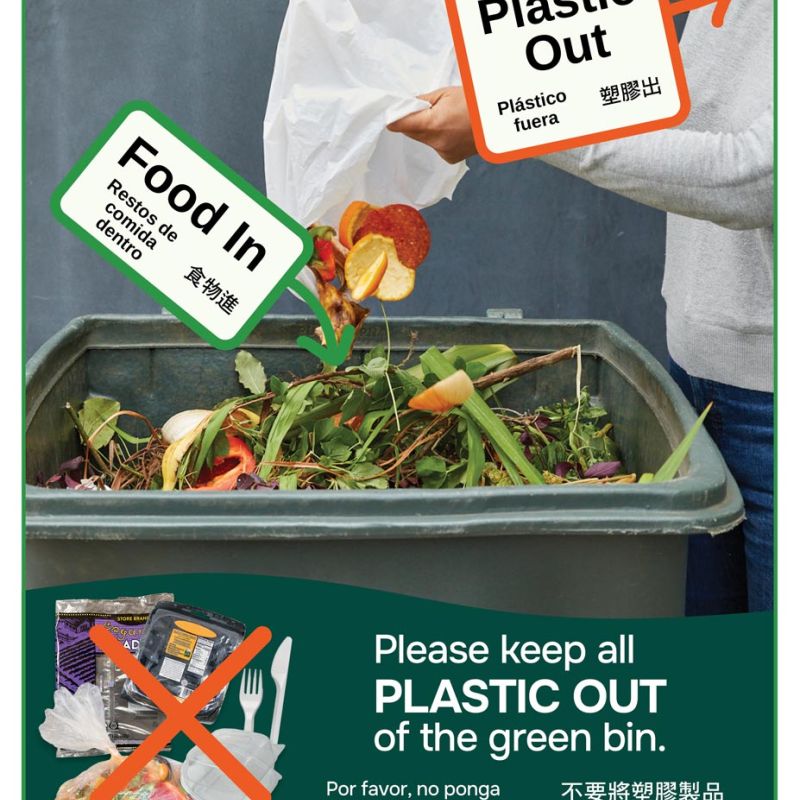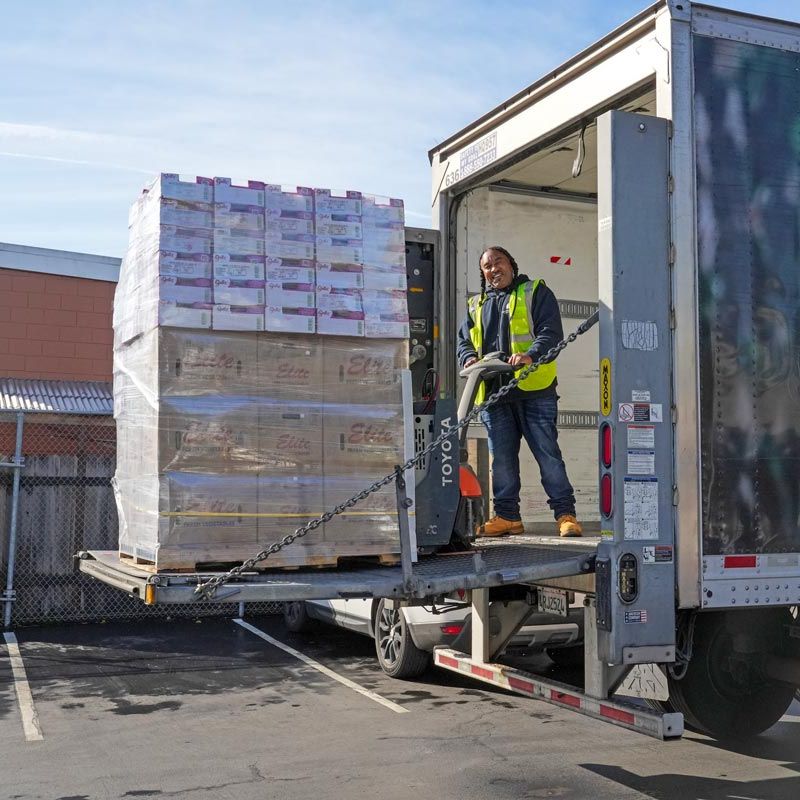
Transportation
Emissions in the transportation sector come from people driving vehicles (vehicle miles traveled or VMT) on roads within the county. This represents 40% of the County’s emissions inventory and remains the largest contributor when compared to the other sectors. Reducing this emission source will require reducing VMT as well as increasing the community adoption of electric vehicles (EVs).
While making this change will require multijurisdictional action beyond the County’s purview, the County can still play a critical role in facilitating EV adoption by building the necessary charging infrastructure to enable widespread EV use, help communities shift to active transportation such as walking and biking, and work in partnership to enhance and improve public transit access. The measures in this sector are designed to reduce emissions from transportation.
Goals:
- 2030: Increase to 18% zero-emission vehicle and equipment adoption
- 2030: 90 miles of additional bike lanes
- 2030: 3% reduction in vehicle miles traveled
- 2040: Increase to 100% zero-emission vehicles and equipment
Summary of Strategies
|
T-1.1 |
EV charging requirements. Evaluate the energy and green building standards at each California Building Standards code cycle to ensure that building electrification and EV charging station requirements are sufficient to meet community needs and climate goals. Adopt local ordinances when the State’s code does not keep pace with climate action in San Mateo County. |
|
T-1.2 |
Public charging stations. Install public EV charging stations, with an emphasis on daytime charging. Investigate options for shared EV charging, paired with solar and storage capacity. |
|
T-1.3 |
EV readiness plan. Prepare an EV readiness plan to identify suitable, equitable, and cost-feasible opportunities for installation and maintenance of EV charging station locations throughout the County. |
|
T-1.4 |
Alternative fuel outreach. Collaborate with key partners such as PCE to conduct alternative fuel outreach, focusing on electric vehicles and lawn equipment. |
|
T-1.5 |
End-of-life vehicle conversion. Partner with PCE and regional partners to develop a program to help transition private-use vehicles to zero emission vehicles at end of life, with a focus on supporting new EV purchases for low-income demographics. |
|
T-1.6 |
Electric leaf blowers. Assess opportunities for a program to support the transition to electric leaf blowers. |
|
T-2.1 |
Mixed-use development requirements. Update the General Plan and Local Coastal Plan with neighborhood mixed use, commercial mixed use, industrial mixed use, and multi-family residential designations to enable mixed-used development where feasible. |
|
T-2.2 |
Affordable housing near transportation. Continue interdepartmental coordination and collaboration to update policies according to Housing Element updates to enable and promote affordable housing near transportation. |
|
T-2.3 |
Traffic calming and complete streets. Pursue bicycle and pedestrian-friendly design by maximizing opportunities to implement traffic calming and complete streets measures into infrastructure projects. Identify opportunities to incorporate green infrastructure and pavement-to-parks concepts.(6) |
|
T-2.4 |
Transportation Demand Management Ordinance. Update the County’s Transportation Systems Management Ordinance to reflect updated regional policies, including but not limited to the San Mateo County Congestion Management Plan Transportation Demand Management Policy. |
|
T-2.5 |
Transit improvements to reduce VMT. Conduct interdepartmental coordination to develop and adopt local guidelines, policies, and tools to implement changes to the California Environmental Quality Act’s transportation significance metric and criteria (SB 743). |
|
T-2.6 |
Active Transportation Plan implementation. Support the implementation of the Active Transportation Plan by implementing priority pedestrian and bikeway projects, with a focus on those in historically underserved neighborhoods. |
|
T-2.7 |
Regional coordination to increase multimodal travel. Collaborate with local and regional partners to study existing parking policies, practices, programs, and demand, and opportunities to support increased multimodal travel. |
|
T-2.8 |
Bicycle parking and amenities. Review and revise existing bike parking requirements if they are inadequate for current and future demand. In districts without current bike parking requirements, evaluate opportunities for developing them. |
(6) Pavement-to-parks refers to the creative utilization of unpaved areas or underutilized paved areas in neighborhoods with less access to green space to create new pedestrian and pocket-park spaces. This facilitates traffic calming as well as pedestrian-friendly street environments.
|
T-3.1 |
Access to transportation. Work with partners to implement policies, programs, and pilot projects that support access to transit; for example, a first mile-last mile shuttle program or a school district-oriented transportation pilot. Prioritize efforts that provide access for households without access to a car, low-income, disabled, senior, and racial or ethnic minority populations. |
|
T-3.2 |
Zero emissions buses. Support the transition of public and private buses and shuttles to zero emission vehicles. |
|
T-3.3 |
Micro-mobility(7) and shared transportation model policies. Develop model policies for micro-mobility and shared transportation options (bike, scooter, and car share) that facilitate equitable access to mobility services and region-wide transit (first mile-last mile). |
|
T-3.4 |
Programs to facilitate transportation equity. Facilitate transportation equity through targeted provision of programs and infrastructure that support low-income, disabled, senior, and racial or ethnic minority populations to take transit, walk, bike, and use ride- or car-share. |
|
T-3.5 |
Tax transit network company trips. Explore opportunities for applying a tax on all transit network company trips (rides provided by commercial ride-hail companies and private transit services) that originate in San Mateo County to support transit and complete streets and safety improvements. |
(7) “Micro-mobility” refers to lightweight vehicles that facilitate local transportation over shorter distances. Devices might include bicycles or e-bikes, scooters, or skateboards (all may be privately owned or shared).



